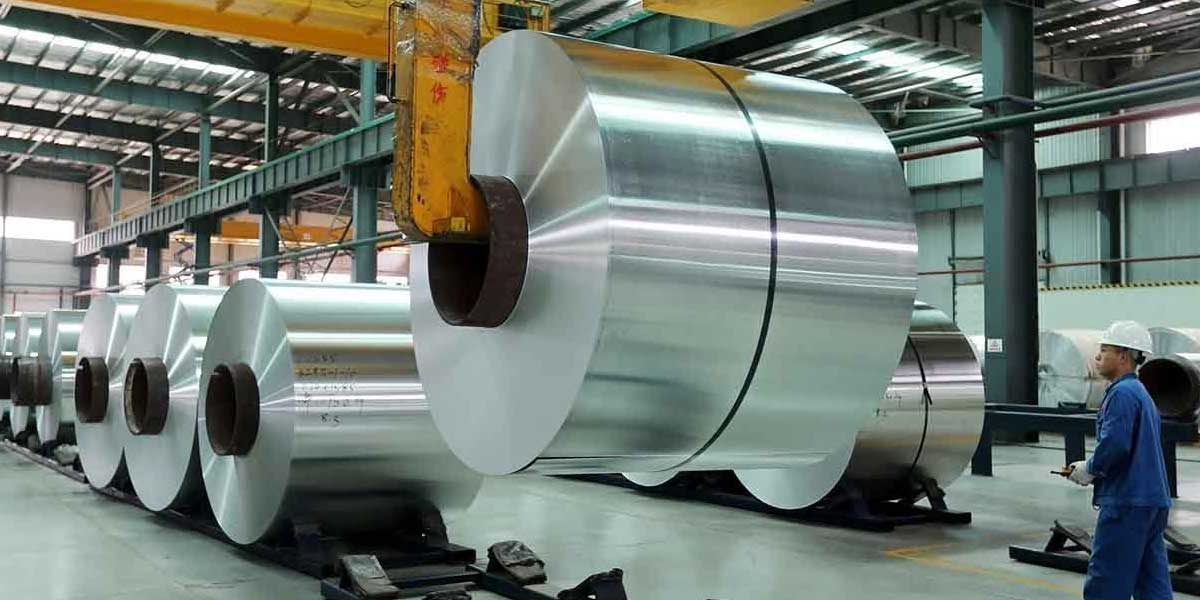According to a research, the carbon price imposed by the European Union (EU) on five bulk commodities will make India's aluminum exports to Europe unviable.
The tax, which is part of the EU's larger plan to reduce net carbon emissions to zero by 2050 and is known as the Carbon Border Adjustment Mechanism (CBAM), will add an incremental cost of $1,500-1,600 per tonne of aluminum exported to the EU, according to a Crisil analysis.
CBAM had initially proposed a tax on iron and steel, cement, aluminum, fertilizers, and power. The new tax's transition period will begin on October 1 of this year, but actual collection won't commence until January 2026. The EU will gather information on carbon emissions during product manufacturing at the business level during the transition phase.
Crisil said that local manufacturers Vedanta and Hindalco have strict reporting requirements for greenhouse gas emissions, so they will satisfy the need until the end of 2025. As a result, exports to the EU during the CBAM's initial phase are anticipated to remain stable. On foreign metal exchanges, a tonne of aluminum is now selling for $2,227.85.
According to figures from the commerce ministry, India exported $8.84 billion worth of aluminum and aluminum products in the most recent fiscal year, with the EU receiving about $2.24 billion, or 25%, of that total.
“India produces 4.1 million tonne (MT) of primary aluminium annually — amounting to 6% of global production —of which as much as 56%, or 2.3 MT, is exported. It is one of the lowest-cost producers of aluminium globally, owing to integrated operations and low costs of power generation since it uses coal-based captive plants,” the Crisil report said.
According to the report, India produces aluminum using coal-based captive plants, placing it at the high end of the emissions spectrum. At 21–22 tonnes of carbon dioxide per tonne of aluminum, the domestic aluminum industry has one of the highest average greenhouse gas emission intensities worldwide.
China, which has a 59% production share and is the greatest producer of aluminum, also consumes a lot of coal; its emissions per tonne of aluminum are 17–18 tonne. Since 93% of the demand is satisfied by hydropower, Europe has one of the lowest greenhouse gas intensities at 6-7 tonnes of carbon dioxide per tonne of aluminum.
The carbon tax on imports will be computed based on the difference between how much carbon was emitted during the production of the export product and the CBAM limitations.
However, Crisil stated that during the initial phase of CBAM, exports to the EU are anticipated to remain constant because domestic manufacturers (Vedanta and Hindalco) have robust greenhouse gas emission reporting requirements that will meet the criteria till the end of 2025. Aluminium is currently trading at $2,227.85 per tonne on international metal exchanges.
According to trade ministry data, India exported $8.84 billion in aluminum and aluminum products in the previous fiscal year, with roughly 25%, or $2.24 billion, going to the EU.
“India produces 4.1 million tonne (MT) of primary aluminium annually — amounting to 6% of global production —of which as much as 56%, or 2.3 MT, is exported. It is one of the lowest-cost producers of aluminium globally, owing to integrated operations and low costs of power generation since it uses coal-based captive plants,” the Crisil report said.
According to the report, India produces aluminum using coal-based captive plants, placing it at the high end of the emissions spectrum. At 21–22 tonnes of carbon dioxide per tonne of aluminum, the domestic aluminum industry has one of the highest average greenhouse gas emission intensities worldwide.
China, which has a 59% production share and is the greatest producer of aluminum, also consumes a lot of coal; its emissions per tonne of aluminum are 17–18 tonne. Since 93% of the demand is satisfied by hydropower, Europe has one of the lowest greenhouse gas intensities at 6-7 tonnes of carbon dioxide per tonne of aluminum.
The amount of carbon that was emitted during the production of the exported good and the CBAM restrictions will be used to determine the rate of the carbon tax on imports.
See also:
Vedanta Aluminium deploys IIoT technology to improve emissions control
Dalmia, Vedanta Aluminium ink deal for manufacturing low-carbon cement




















